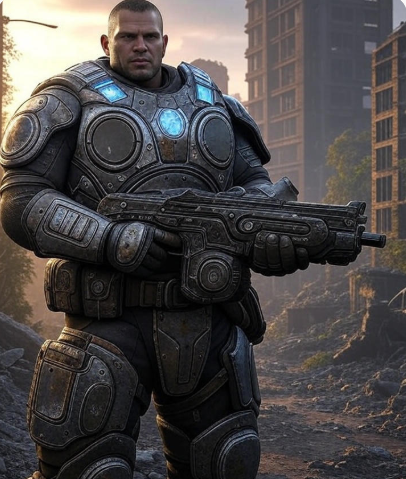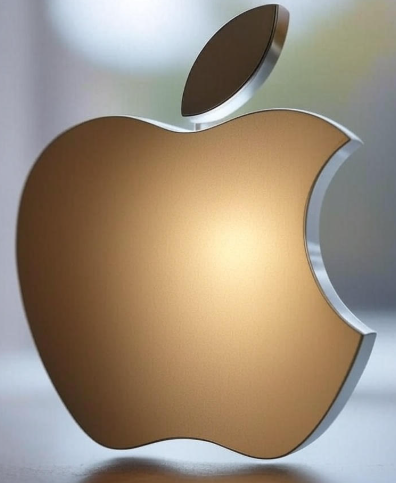On May 1, 2025, Microsoft announced a significant price increase for its Xbox Series X and Series S consoles, alongside controllers, headsets, and a planned $79.99 price tag for new first-party games starting this holiday season. This move, reported by IGN, has sparked widespread discussion among gamers, industry analysts, and retailers, reflecting broader trends in the gaming industry where rising costs are becoming the norm. With the Xbox Series X now retailing at $599 and first-party titles creeping toward $80, consumers are grappling with the implications of these changes. This blog post explores the reasons behind Microsoft’s price hikes, their impact on gamers, and how they fit into the evolving landscape of the gaming industry.
Why the Price Hike?
Microsoft’s decision to raise prices on Xbox consoles and accessories, effective immediately, comes amid a challenging economic climate and shifting industry dynamics. The company acknowledged the difficulty of these changes, stating, “We understand that these changes are challenging…” While Microsoft has not explicitly detailed the reasons, several factors likely contribute:
- Rising Production Costs: The cost of manufacturing gaming hardware has increased due to global supply chain issues, higher component prices, and inflation. Semiconductors, critical for consoles, have seen price volatility since the pandemic, impacting profitability for hardware manufacturers.
- Industry-Wide Price Trends: Microsoft is not alone in adjusting prices. The gaming industry has seen a gradual escalation in costs over the past few years. AAA game prices jumped from $60 to $70 in recent years, and Nintendo has announced $80 for select Switch 2 titles, such as Mario Kart World. Microsoft’s move to $79.99 for first-party games aligns with this trend, with potential titles like the next Call of Duty, Fable, or Gears of War: E-Day expected to carry the new price tag.
- Investment in Game Development: Modern AAA games require massive budgets, often exceeding $100 million. Microsoft’s acquisition of studios like Activision Blizzard and Bethesda has increased its portfolio but also its financial commitments. Higher game prices may help offset these costs, especially for titles with extensive development cycles like Perfect Dark or State of Decay 3.
- Economic Pressures: Inflation and currency fluctuations have squeezed consumer budgets and corporate margins alike. Microsoft may be passing some of these costs to consumers to maintain profitability, particularly as the console market remains competitive.
Impact on Gamers
The price hikes have immediate and long-term implications for Xbox gamers, particularly those yet to upgrade to the Series X or S. Here’s how:
- Console Affordability: The Xbox Series X, previously available for $499, is now out of stock at that price and retails for $599 at Microsoft and select retailers like Walmart (via third-party sellers). The Series S, designed as a budget-friendly option, has also seen a price bump, though exact figures vary by region. For gamers who delayed purchasing a next-gen console, this increase may push the upgrade further out of reach, especially in markets like India where disposable income for gaming is limited.
- Game Costs: The shift to $79.99 for new first-party games, starting this holiday season, adds to the financial burden. Titles like Doom: The Dark Ages or Clockwork Revolution could carry this price, making it harder for gamers to keep up with new releases. This is particularly concerning for younger players or those without subscription services like Xbox Game Pass.
- Accessories: Controllers and headsets, essential for multiplayer and immersive gaming, are also more expensive. For example, a standard Xbox controller, previously discounted to $39.99 at retailers like Lenovo, now faces a higher baseline price. Special editions, like the Doom-themed controller, may see even steeper costs.
- Consumer Sentiment: Posts on X reflect frustration among gamers. One user, @JaMerv777, expressed relief at purchasing their Xbox Series X/S before the hike, lamenting “random price hikes” that “are just going to get worse.” Another, @realfpsprince, humorously blamed Nintendo for setting the $80 precedent. This sentiment underscores a growing concern that gaming, once a relatively affordable hobby, is becoming a luxury.
The Role of Xbox Game Pass
Amid these price increases, Xbox Game Pass remains a critical factor in Microsoft’s strategy. The subscription service offers access to a vast library of games, including first-party titles like South of Midnight and Borderlands 3 Ultimate Edition, often on release day. For many, Game Pass mitigates the sting of higher game prices, as subscribers can play new releases without purchasing them outright. However, Game Pass itself has seen price adjustments in the past, and there’s no guarantee it will remain immune to future hikes. Additionally, not all gamers prefer subscriptions, with some favoring physical or digital purchases for ownership and collectibility.
Industry Context and Competitor Moves
Microsoft’s price adjustments mirror actions by competitors. Sony raised PS5 prices in select markets in 2022, citing inflation, while Nintendo’s Switch 2 is expected to launch at a higher price point than its predecessor. The broader industry is grappling with stagnant console sales, as noted by Microsoft’s Phil Spencer, who highlighted a “static customer base” focused on a few blockbuster games. This has led companies to explore alternative revenue streams, such as multiplatform releases (Forza Horizon 5 on PS5) and premium pricing for high-profile titles.
Moreover, the console market faces existential questions. Reports suggest Microsoft is planning a next-gen Xbox and handheld for 2027, but analysts like Circana’s Mat Piscatella warn that the current console generation may have peaked. With declining sales and rumors of Microsoft scaling back physical game distribution in regions like EMEA, the traditional console model is under pressure.
What Can Gamers Do?
For Xbox fans navigating these changes, strategic purchasing is key:
- Buy Now: Retailers like Walmart and Microsoft may still have stock at pre-hike prices, though availability is limited. Acting quickly can save significant costs on consoles and accessories.
- Leverage Game Pass: Subscribing to Game Pass Ultimate or Standard can reduce the need to buy games at $80, especially for first-party titles.
- Shop Deals: Retailers like Woot and The Game Collection have offered discounts on Xbox games (Assassin’s Creed Shadows at $54.99, Kingdom Come: Deliverance II at £39.95). Keeping an eye on sales can offset rising costs.
- Consider Used or Refurbished: Second-hand consoles and controllers, available through platforms like eBay or GameStop, can provide budget-friendly alternatives.
Looking Ahead
Microsoft’s price hikes are a symptom of broader challenges in the gaming industry, from rising development costs to economic pressures. While Xbox Game Pass and multiplatform strategies offer some relief, the increasing cost of gaming hardware and software is undeniable. For gamers, this means adapting to a landscape where subscriptions, sales, and strategic purchases are essential to staying in the game.
As the holiday season approaches, all eyes will be on which Xbox titles hit the $79.99 mark and how consumers respond. Will the promise of blockbuster experiences like Doom: The Dark Ages justify the cost, or will gamers push back against the rising tide of prices? Only time will tell, but for now, the Xbox ecosystem is navigating uncharted waters in a rapidly changing industry.
Sources: IGN, Windows Central, X posts



